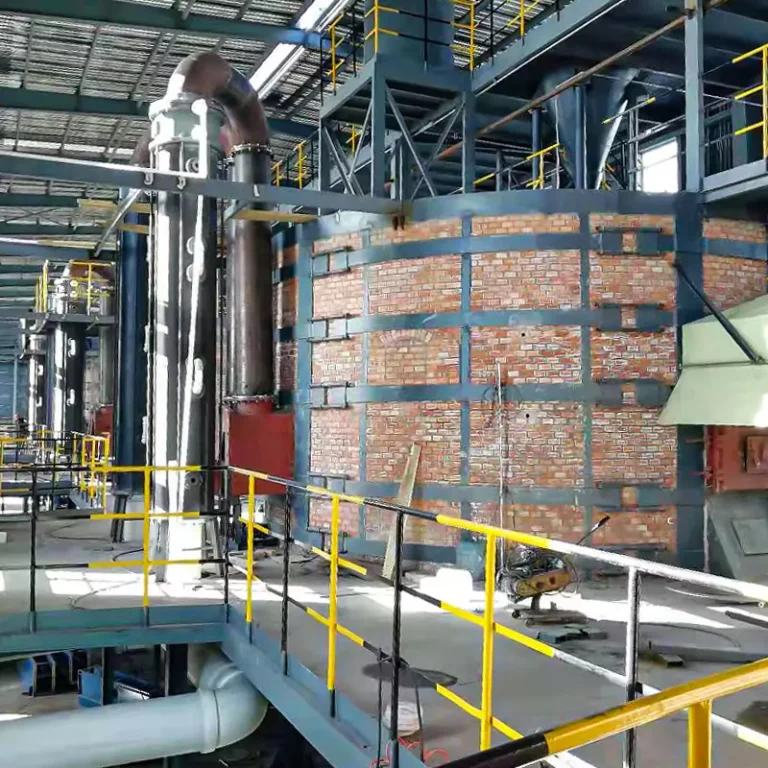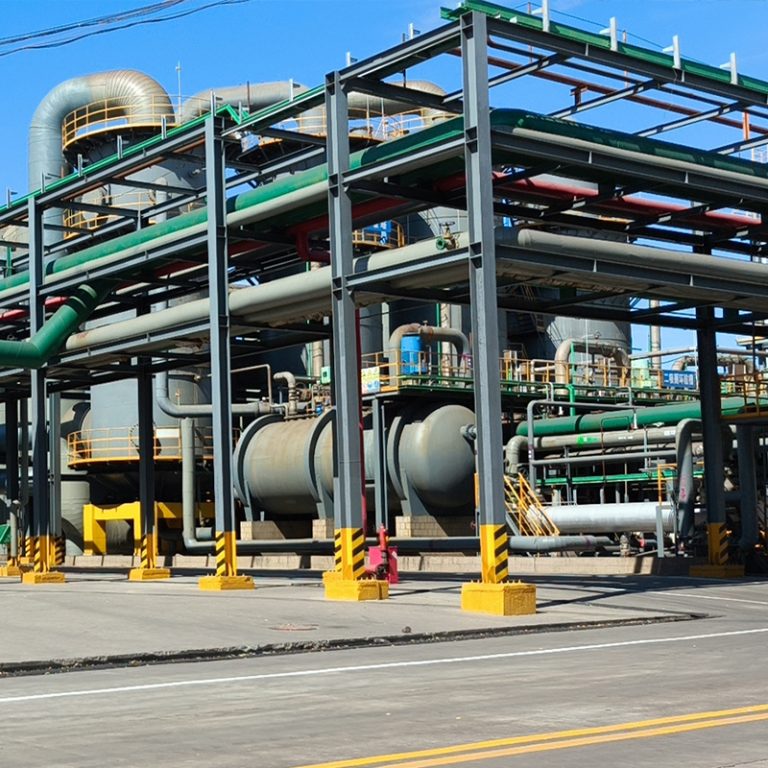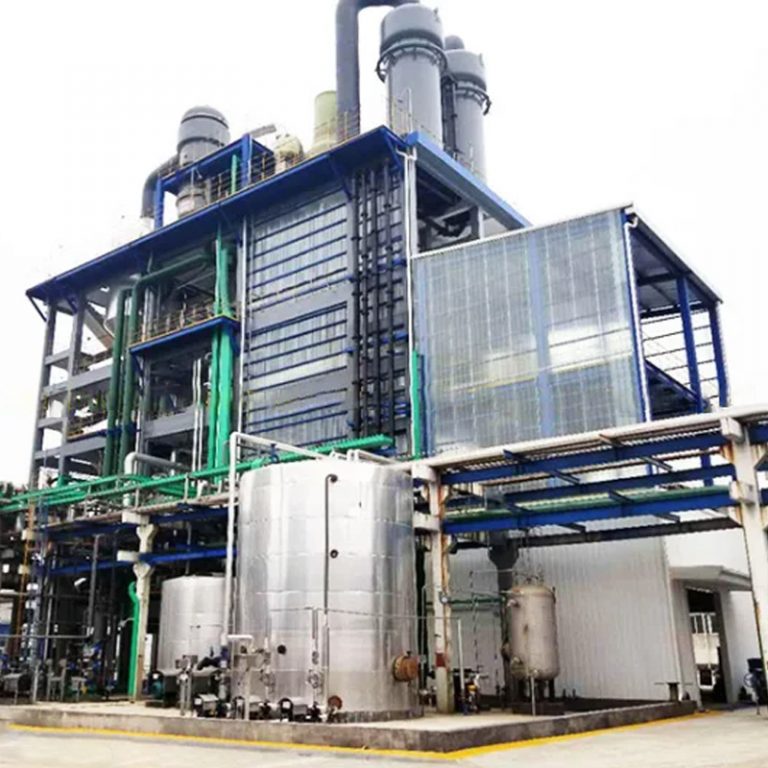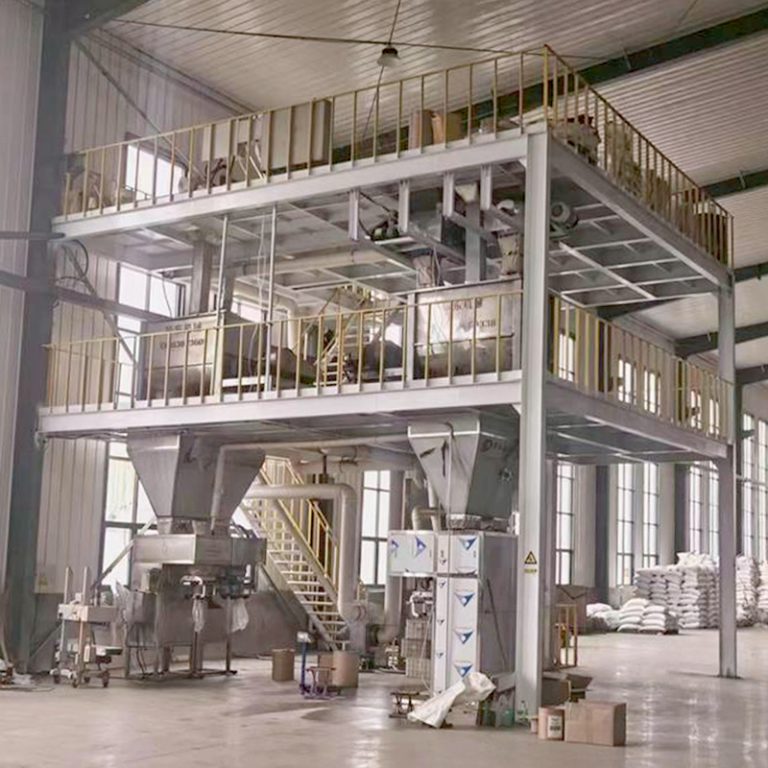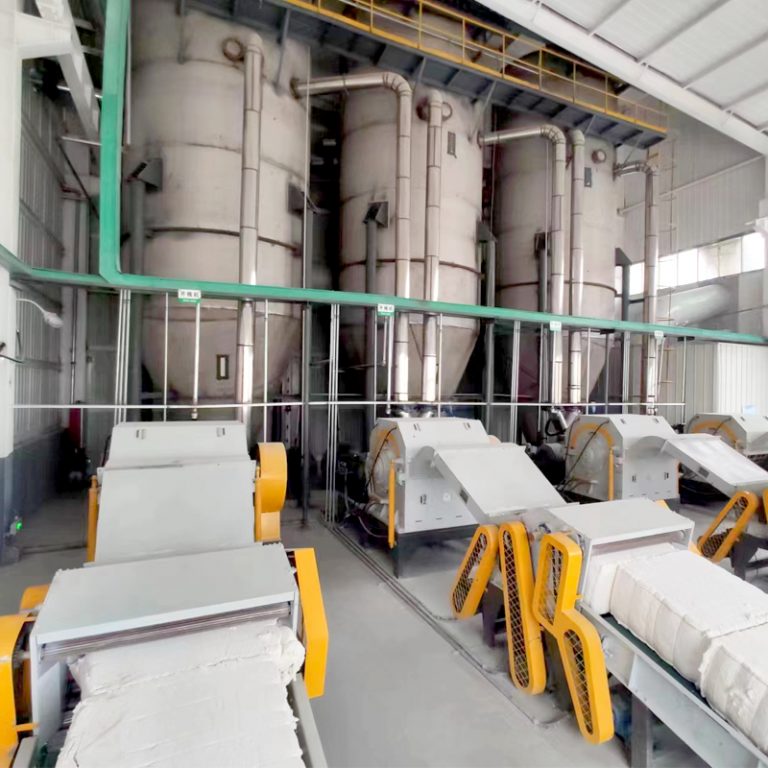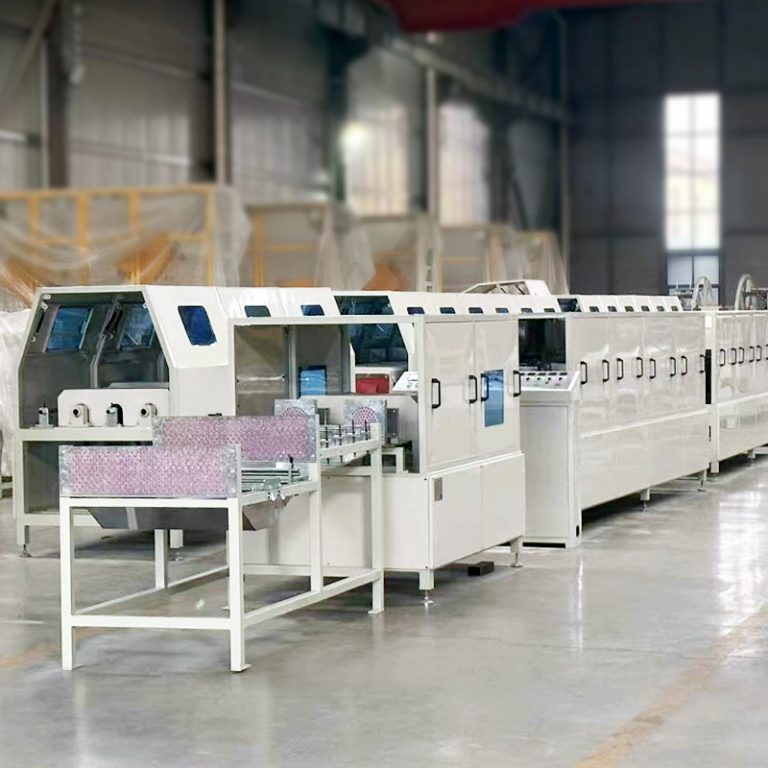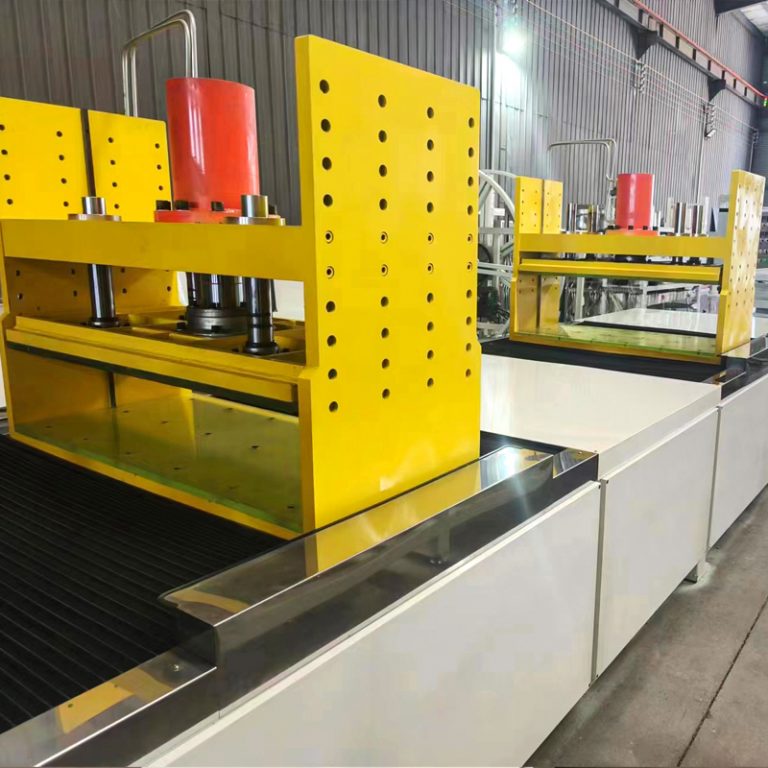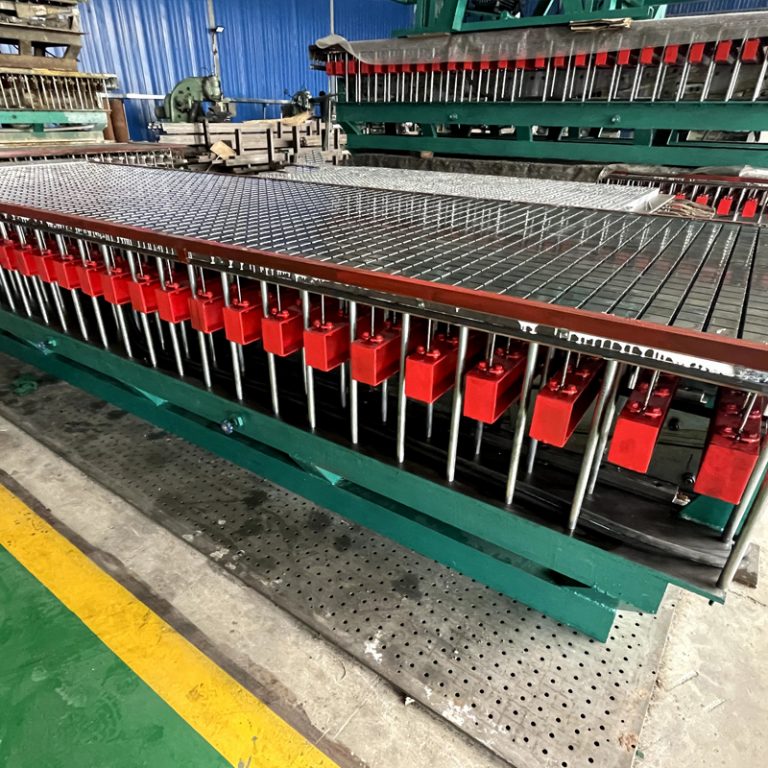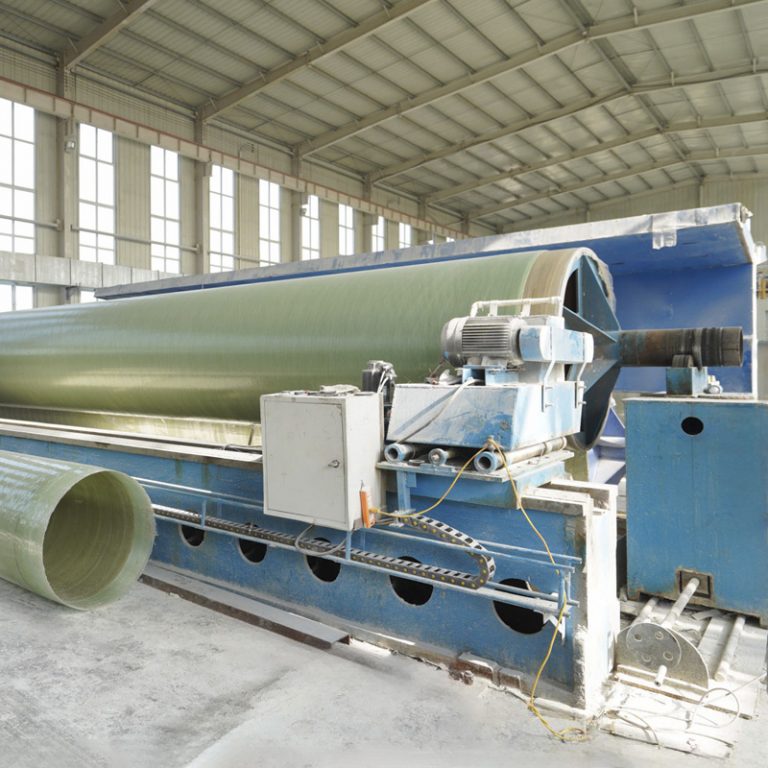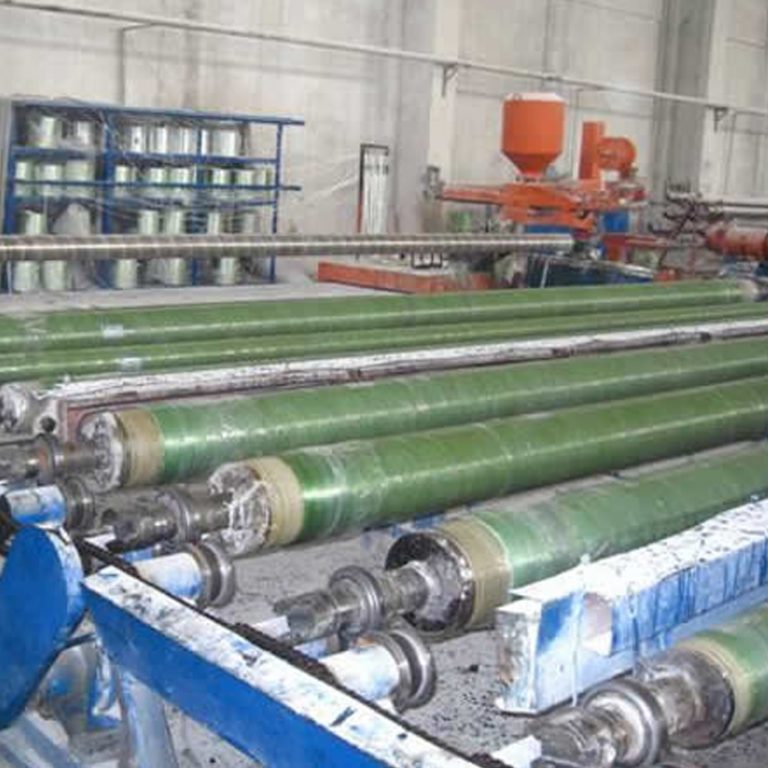Enhancing Efficiency in CaCl2 Production
Evaluating Current Production Processes
The calcium chloride (CaCl2) production line involves critical processes such as calcium liquid production and drying granulation. The purity of the produced anhydrous calcium chloride can reach above 95%, with emissions meeting standards after desulfuration and washing. Evaluating these processes is essential to identify areas for improvement in terms of efficiency and product quality.
Implementing Advanced Technologies
Automation and Control Systems
The role of automation in CaCl2 production line optimization The application of a PLC automatic control system can control the manufacturing process, and the proportion of the raw materials, and save a lot of labor costs. It must be able to function continuously, even if the feed and moisture vary, ensuring uniform quality of the product. Fluctuating feed and moisture levels can lead to variations in product quality, and the system has to do stable operation in such cases.
Energy-Efficient Equipment
Using energy-efficient equipment is important to cut down business costs contributing to operations. The drying mode using a spray fluidized bed in the granulation system increases the efficiency of heat exchange, which is accompanied by an increase in the contact area of the material. This approach reduces energy usage and maintains the outlet gas temperature at a level below the maximum temperature of the product, which improves thermal efficiency.
Streamlining Workflow and Operations
The integration of high-end technologies with the current process is termed a streamlining workflow. Drying process designs need to comply with environmental protection requirements and material loss should be made minimal. Whether it is for machinery or tools, your equipment must have a high degree of operation such that you can instantly modify the necessary parameters for production while ensuring the quality of output remains preserved. Flexible, easily operable equipment while keeping output quality is also an important step.
Ensuring Consistent Product Quality
Quality Control Measures
Raw Material Assessment
The consistency of the final product is highly dependent on the quality of raw materials. The utilization of hydrochloric acid and limestone as feedstocks for CaCl2 production allows for flexibility in adjusting to different hydrochloric acid sources from diverse routes (e.g. based on ionic membrane caustic soda production or PCl3 manufacturing coproduction).
In-Process Monitoring
The production process calls for continuous monitoring to ensure high quality. Strong in-process monitoring systems provide early detection of the deviation and corrective actions can be taken in the process to avoid defects and maintain the integrity of the product. Having rugged in-process surveillance systems helps identify deviations as early as possible so these are corrected at the instant stage, thus preventing defects nearest to their source and saving the product in the process.
Adopting Standard Operating Procedures
Standard Operating Procedures (SOPs) are crucial for maintaining consistent quality across batches. These SOPs encompass all aspects of production from raw material handling to final product packaging, ensuring that every step adheres to stringent quality benchmarks.
Reducing Environmental Impact in Production
Waste Management Strategies
Recycling and Reuse Initiatives
Waste management should be done effectively so as not to harm the environment. Hydrochloric acid (HCl) is concerned with originating from waste streams to form recycling initiatives to meet environmental thresholds, along with higher recovery/recycling options appearing to get inherent cost reduction on raw material. It can also reduce waste production by reusing byproducts in the production cycle.
Emission Control Techniques
Advanced emission control techniques are required to ensure regulatory compliance. To avoid an increase in pollution levels, due to the emission of harmful gases before their release into the atmosphere, some techniques are reported which are used to treat the emissions namely desulfuration and tail gas washing. Desulfuration and washing of tail gasses are kinds of ways to make sure that emissions are treated before they leave the plant and are much less toxic or less polluting than without treatment.
Sustainable Resource Utilization
Sustainable consumption targets the consumption that is the entire process of resource use. That means picking equipment designs with the least energy use and using it in ways that save water and other essential supplies. With a focus on sustainability, manufacturers meet environmental standards and comply with regulations, making themselves responsible industry leaders who care about the long-term health of the environment.
Cost Management and Profitability Enhancement
Analyzing Production Costs
Raw Material Sourcing Strategies
When it comes to optimizing a CaCl2 production line, one of the most critical drivers is production costs, particularly raw material sourcing strategies. Cost management is also all about the selection of raw materials like hydrochloride acid or limestone. Such materials should be both economically viable and applicable to different sources that produce hydrochloric acid, including both ionic membrane caustic soda production and precursors in the phosphorous trichloride (PCl3) production cycle, as byproducts. By sourcing these materials smartly, manufacturers can decrease the cost of inputs with little compromise on quality.
Energy Consumption Analysis
Another major aspect in dealing with production costs is energy use. Utilizing highly efficient machinery and processes can help reduce operating costs in many ways. This includes, among others, using a spray-fluidized bed drying technique for granulation for efficient heat transfer within the system and reduced energy costs, among others. The analysis of how and where energy is consumed, together with the deployment of systems to reduce energy use, begins the pathway to cost-effective manufacturing.
Optimizing Supply Chain Management
CaCl2 production becomes more profitable through adequate supply chain management. This means creating a more efficient line of transportation, shorter lead times, and lower inventory costs. Using high-end supply chain management techniques, manufacturers can ensure an on-time supply of raw materials and finished products likewise, which ultimately drives off overheads and resulting a better profit margin.
Aoliande’s Role in Advancing CaCl2 Production
Innovative Solutions by Aoliande
As a pioneer in chemical equipment manufacturing, Hebei Aoliande Chemical Equipment Co., LTD provides chemical solutions that represent a substantial step forward in CaCl2 production lines. It offers an entire range of services: technical advice, goods and materials supply, transportation, and installation supervision service. With the help of sophisticated technology, excellent craftsmanship, stable quality, and perfect service, Aoliande has become an indispensable partner for manufacturers all over the world.
Benefits of Aoliande Products
Aoliande products provide many advantages to ensure the efficiency of CaCl2 production lines and the quality of CaCl2 products. The calcium chloride production line includes processes such as calcium liquid production and dry granulation, anhydrous calcium chloride purity is greater than 95%. The design of the granulation system increases the efficiency of heat exchange and reduces energy consumption. Dry exhaust gas must, in turn, be treated before being released into the atmosphere, which is another environmental protection requirement met by Aoliande’s equipment.
Also, Aoliande possesses many management system certifications like ISO9001, ISO14001, and OHSAS18001 which shows that Aoliande is strictly following the professional norms. Such commitment to quality means their products are more than capable of performing at and above industry standards for reliability.
Manufacturers can enhance top quality in their CaCl2 production lines while attaining cost savings and therefore, significantly boost their profitability by using the contemporary remedies offered by Aoliande.
For any inquiries or further information, please feel free to reach out to them via WhatsApp at +86-13363884492 or through email at belen@aldfrp.com. They are dedicated to providing top-notch services and look forward to assisting you with your needs.








